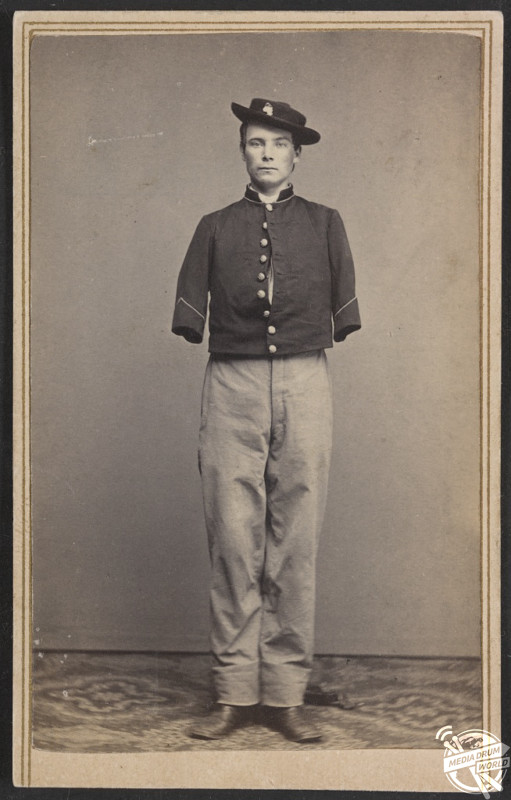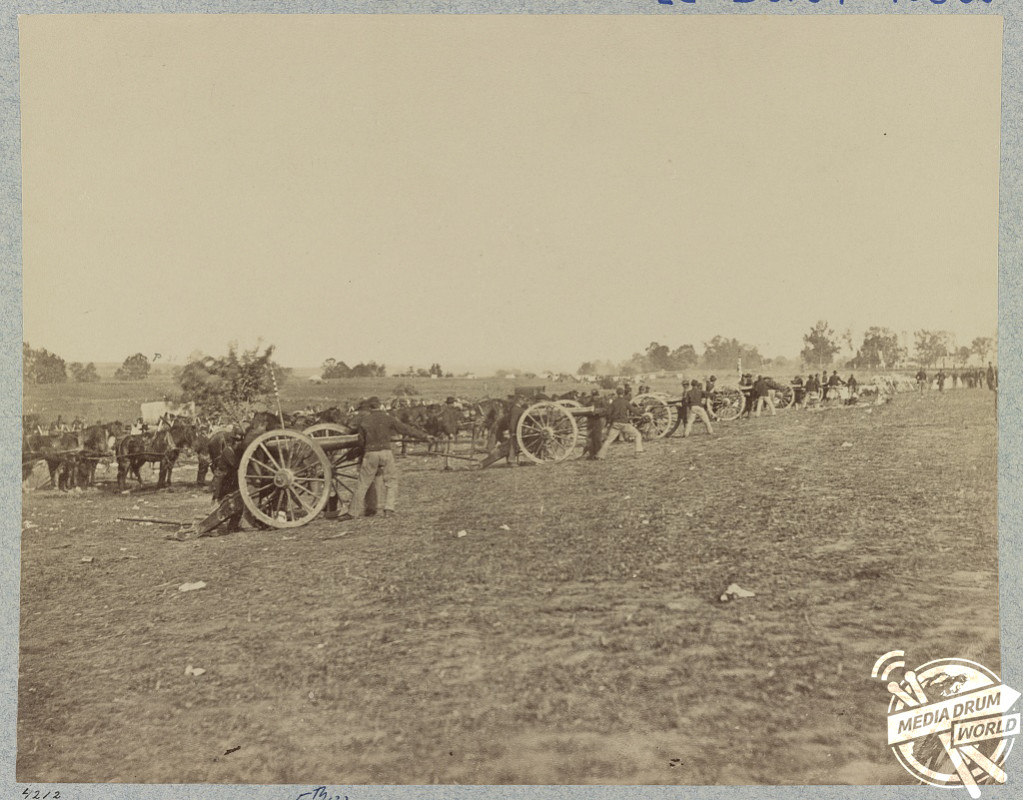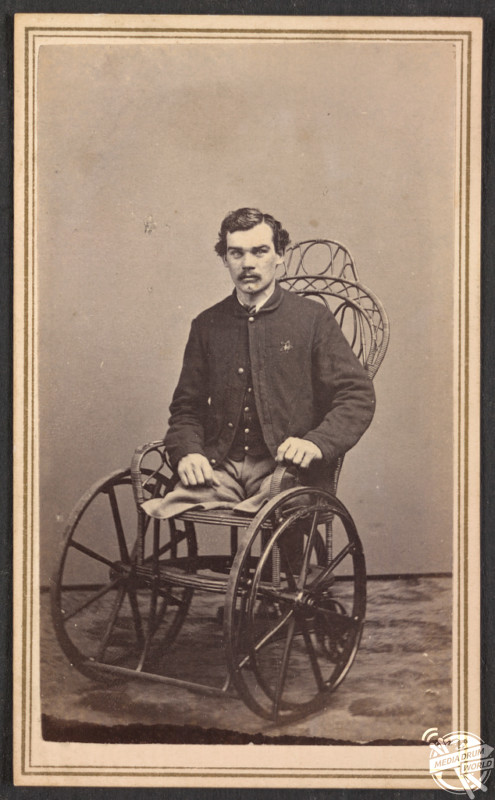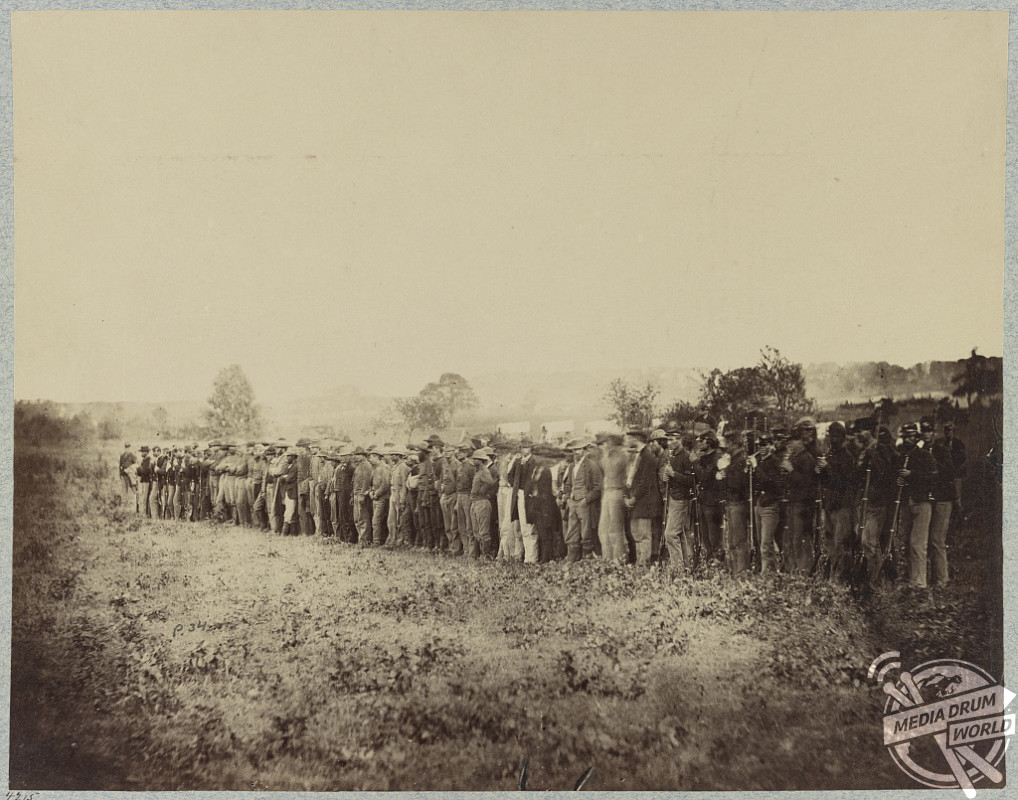
By Tom Dare
A SERIES of portraits from over 150-years-ago of soldiers who were forced to have limbs amputated have helped shed light on the shocking brutality of America’s Civil War.
Photos taken shortly after the conclusion of the war in 1865 show soldiers missing arms, hands and legs as the full extent of the damage caused by the four-year conflict became clear.

Other pictures show a man whose legs have been amputated from the waist down sitting in a 19th century wheelchair, while a further picture shows another double amputee, this time from the ankles down, sitting in a chair with his prosthetic legs beside him.
The war, which took place between April 1861 and May 1865, remains the bloodiest in American history, with more men killed than in any other American war combined.
Between 620,000 and 750,000 men perished in the fighting between the Confederate States of America and the Unionists. The war had started as the climax of long-standing tensions between some southern states, who thought they should have the right to keep slaves, and the unionists, who wanted progression towards the abolition of slavery.

The scale of the conflict was huge, with it often said that brothers fought brothers and husbands fought sons. Rifles, canons and gunpowder were widely used, leaving many of them survivors suffering from horrible injuries.
The man in the wheelchair is identified as Corporal Michael Dunn of Co. H, 46th Pennsylvania Infantry Regiment, who lost his legs in a battle near Dallas, Georgia, on May 25, 1864. Dunn also fought at Gettysburg, Antietam, and Fredericksburg, and wrote about his injuries and repeated amputations after the war.
Another one of the soldiers, whose arms were shot off while carrying colours at Fredericksburg and who was subsequently awarded the Medal of Honor, is seen standing next to an American flag.

Speaking at the conclusion of the war, commander of the Union armies and future President, Ulysses S Grant, said: “For the present, and so long as there are living witnesses of the great war of sections, there will be people who will not be consoled for the loss of a cause which they believed to be holy.
“As time passes, people, even of the South, will begin to wonder how it was possible that their ancestors ever fought for or justified institutions which acknowledged the right of property in man.”







